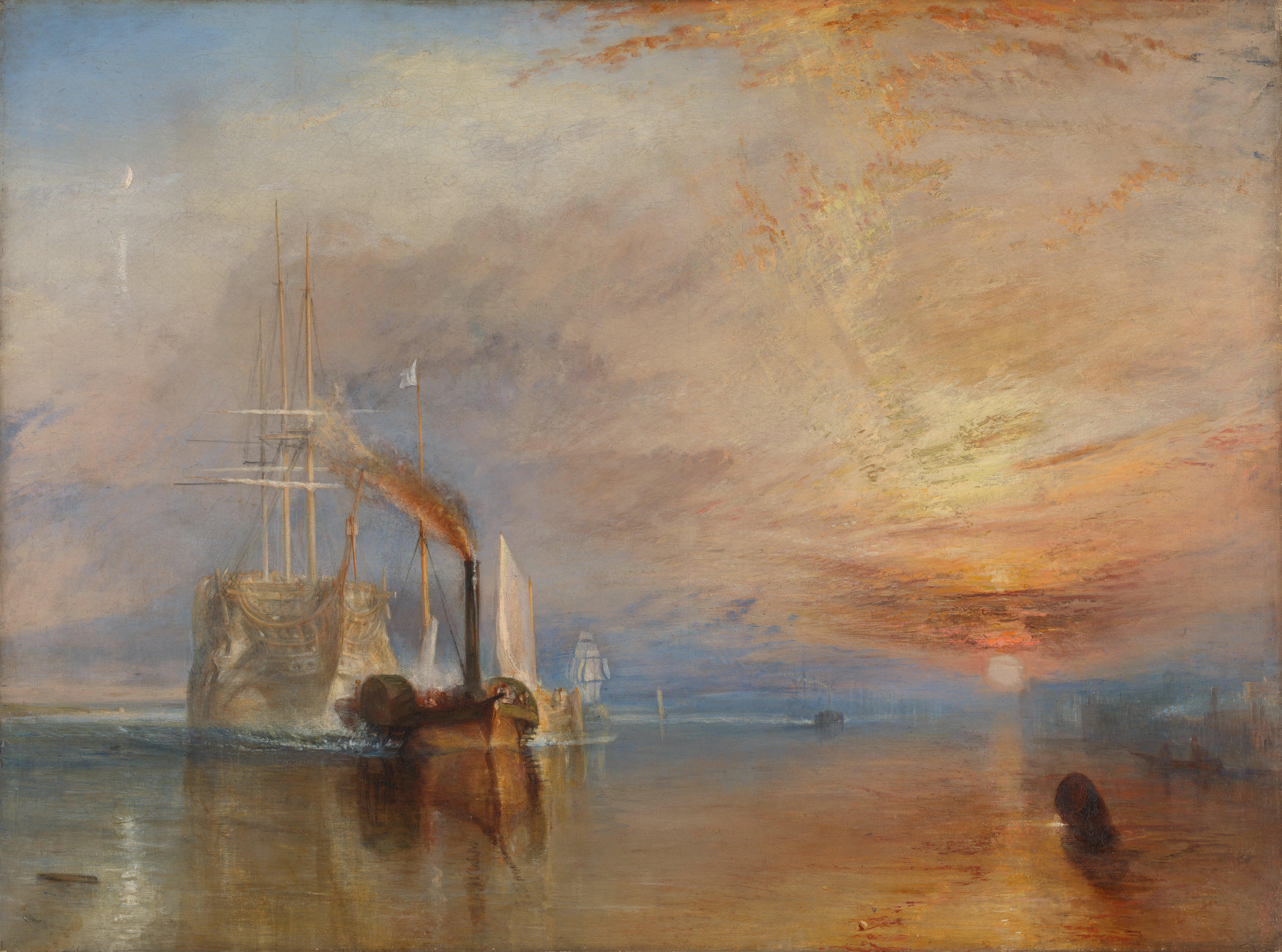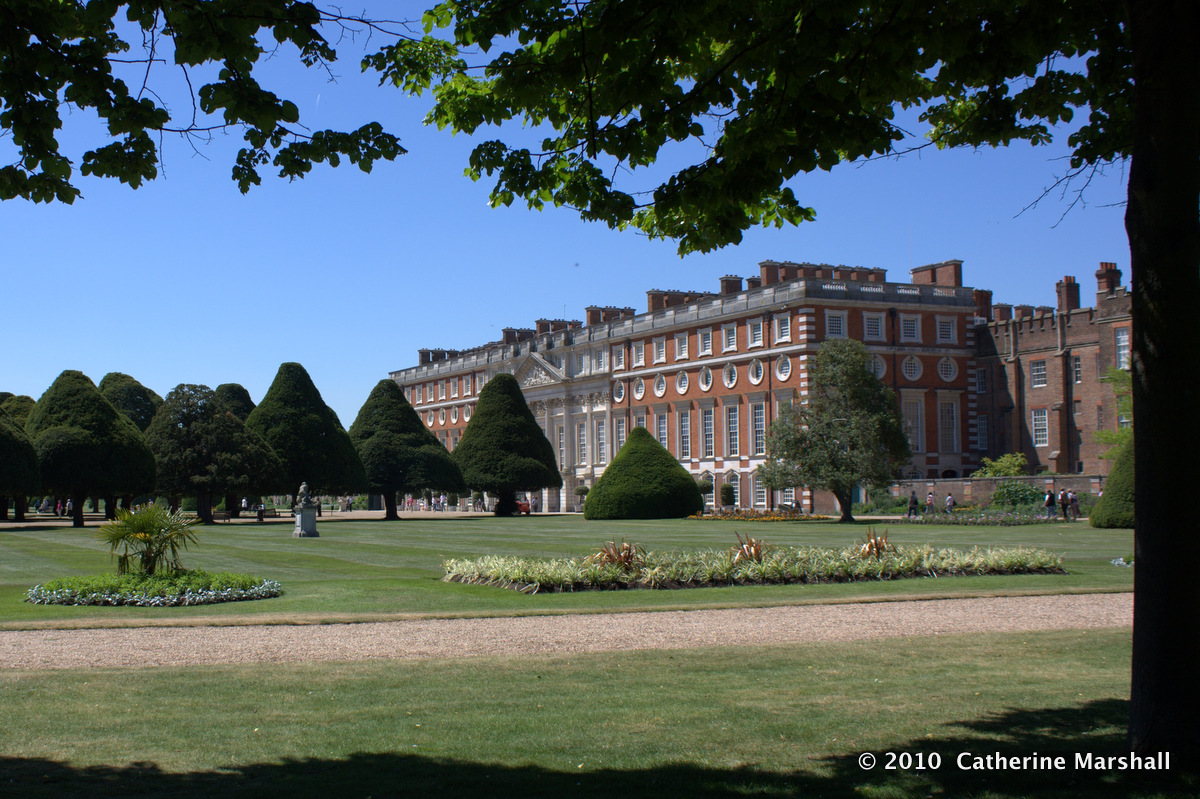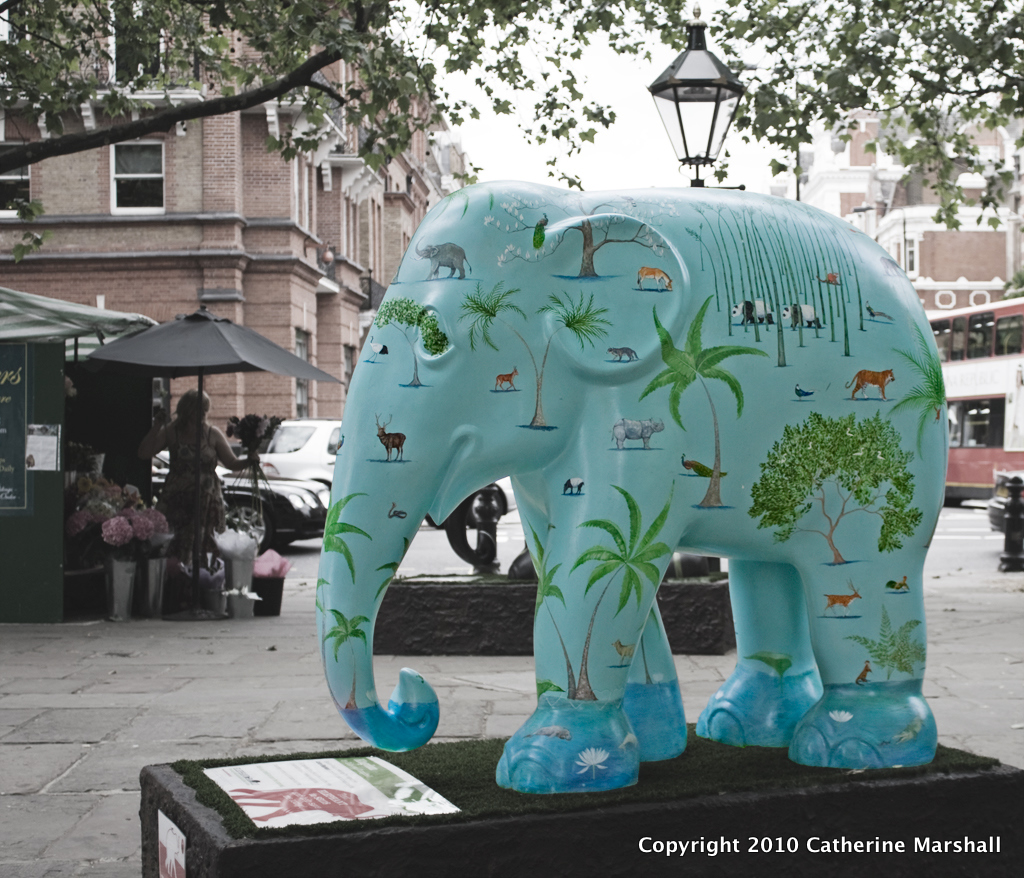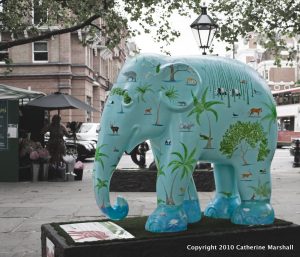During trips to London, I’ve had the opportunity to see many works by J. M. W. Turner. The Tate Britain, which has an extensive collection of works by Turner, provides a unique opportunity to see the range and evolution of style for an individual artist. The National Gallery on London’s Trafalgar Square also has a good sampling of Turner paintings.
Seen at the National Gallery, London
In a poll conducted by the BBC in 2005, The Fighting Temeraire was overwhelmingly voted the greatest painting in a British art gallery. It was also a favorite painting of Turner himself, who painted it in 1839. It is one of many paintings bequeathed to the British nation by the artist.

Image from The National Gallery – distributed under a CC BY-NC-ND 4.0 license
As if often the case with oil paintings, online reproductions do not fully capture the range of colors or luminosity of the original works. In the case of this painting, it’s interesting to look at a few other examples to get an idea of the limitations of such online reproductions:
Seen at the Tate Britain
The two works below were presented by Turner as a complementary pair at a Royal Academy exhibition in 1842. A computer screen cannot do justice to these paintings, which provide examples of Turner’s ability to evoke mood as well as his use of imagery to represent abstract concepts.

Photo © Tate – released under Creative Commons CC-BY-NC-ND (3.0 Unported)

Photo © Tate – released under Creative Commons CC-BY-NC-ND (3.0 Unported)
Seen at the Metropolitan Museum of Art
Although London provides enduring opportunities to view Turner’s works, I first came to appreciate his significance during a trip to New York. In 2008, I saw a special exhibition of works by J. M. W. Turner at the Metropolitan Museum of Art, which included over 140 paintings and watercolors by the artist. Most of the works in this exhibition were on temporary loan, but the one shown below is part of the Met’s permanent collection.
Image courtesy Metropolitan Museum of Art.
Again, it is instructive to look at the variation across online reproductions:












